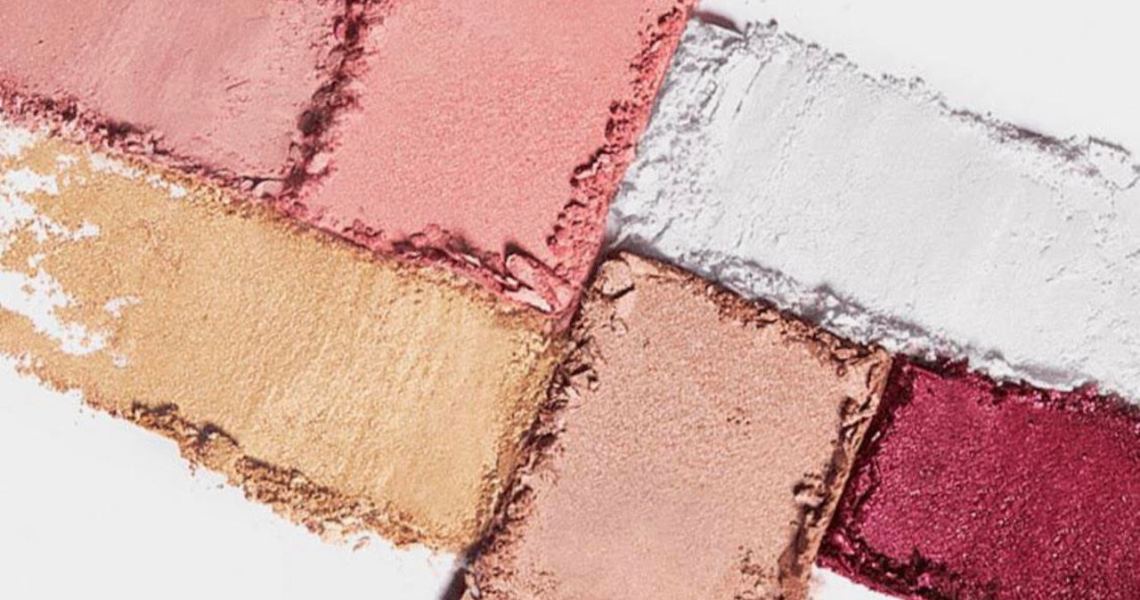Days after a scathing report about the dangerous effects of formaldehyde in keratin treatments, beauty brands are recognizing they have to be much further ahead of the FDA’s regulation over cosmetic ingredients to win over the customer.
On Monday, clean beauty pioneer Beautycounter is removing talc from its formulas and eliminating four products (or 15 SKUs), including eyeshadows, bronzers, highlighters and blushes, from its assortment through the rest of the year. In June 2021, Beautycounter will be introducing cream formulas of the products, both to avoid the problematic ingredient and to ensure that the company’s merchandising slate caters to a wide array of skin tones and ethnicities. Talc, of course, is known for its white, chalky residue.
Talc, like formaldehyde and hydroquinone, which is found in skin lighteners, has been deemed problematic for some time. Since 2013, nearly 20,0000 cancer lawsuits have been filed against Johnson & Johnson because of asbestos contamination in products. In October, the company settled 1,000 of those cases in bulk for $100 million. But the attention on the ingredient has risen considerably. Other beauty companies with talc-based products have also seen increased lawsuits, including Revlon, Chanel and Avon, per reporting from Reuters. Revlon told Glossy in June that the company had moved away from the ingredient. Still, it’s a very commonly utilized ingredient throughout the beauty industry.
Gregg Renfrew, Beautycounter founder and CEO, said that Beautycounter had concepted talc-free formulas in advance of its launch in 2013, but weren’t satisfied with the end result because they had a high level of heavy metals.
“We’ve been trying for years to get the performance there with our talc-free powders, and to be honest, we just haven’t gotten there yet. So we decided to move out of this [category] for the time being and set our sights for the future,” she said. Renfrew expects that the company will be able to reintroduce talc-free powders (sans any heavy metals) in 2022.
While some consumers might be surprised that clean brand Beautycounter included talc in its formulas to begin with, when other clean companies like Lawless and Ilia Beauty sell products without talc, Renfrew underscored the company’s commitment around transparency.
“We’ve always said what’s in our products, and we always will. We are going to bring [consumers] along the journey with us in an open and honest dialogue. Over time, there are going to be ingredients that the consumer is not in love with or we are not in love with, and we are going to be honest about doing better,” said Renfrew, who compared the company’s talc decision to Beautycounter’s move to audit its mica mines late last year. Mica, too, has a troublesome history in that its production has reportedly been linked to child labor.
Ad position: web_incontent_pos1
While Beautycounter has said that annual revenue has increased by 80% since 2015, with a social selling team of more than 60,000, there appears to be some fatigue for shopping clean online in the pandemic. Despite the focus on health and wellness, search volume for “clean beauty” is down 33% over the past 12 months, with most declines starting in June and hitting their lowest point in September, at 34,000 traffic searches, according to SimilarWeb. Likewise, “talc free” clocked in at 10,000 searches in October, which was down 23% from 2019. SimilarWeb also found that Credo Beauty, The Detox Market, Juice Beauty, Tula and Beautycounter had all seen declined site visitation between the second and third quarters of this year. For its part, Beautycounter was down 6%.
Alisha Kapur, SimilarWeb lead beauty industry consultant, said that while interest in beauty may or may not be fading, other factors are at play. “Consumers as a whole are deal-fatigued and tired of online shopping, mostly utilizing sites like Amazon for daily necessities, and not spending as much on speciality items [like beauty] as economic uncertainty looms.” Secondly, Kapur added that clean beauty trends may be less of a focus during the holiday shopping season, which started in early October this year. “Usually, you’d focus on buying these things for yourself, not a friend or family member. Clean beauty brands should bulk up holiday shopping deals and promote gift sets to take advantage of the relatively early holiday shopping season, pivoting marketing to focus on giving and discounts instead of individual routine transformations,” she said.
Still, consumers and companies, alike, would be hard-pressed to find a new brand launching today that isn’t clean or an established player that isn’t trying to reformulate to some clean standard. But with clean beauty lacking a set industry-wide definition and no federal guidelines coming, Beautycounter is betting a proactive versus reactive approach will help the company to retain customer loyalty in the long run.
Lindsay Dahl, Beautycounter svp of social mission, said, “We see our role in the space as not only asking the hard questions that consumers may not be [asking], but also to get consumers to ask these tough questions to all the brands they love.”




